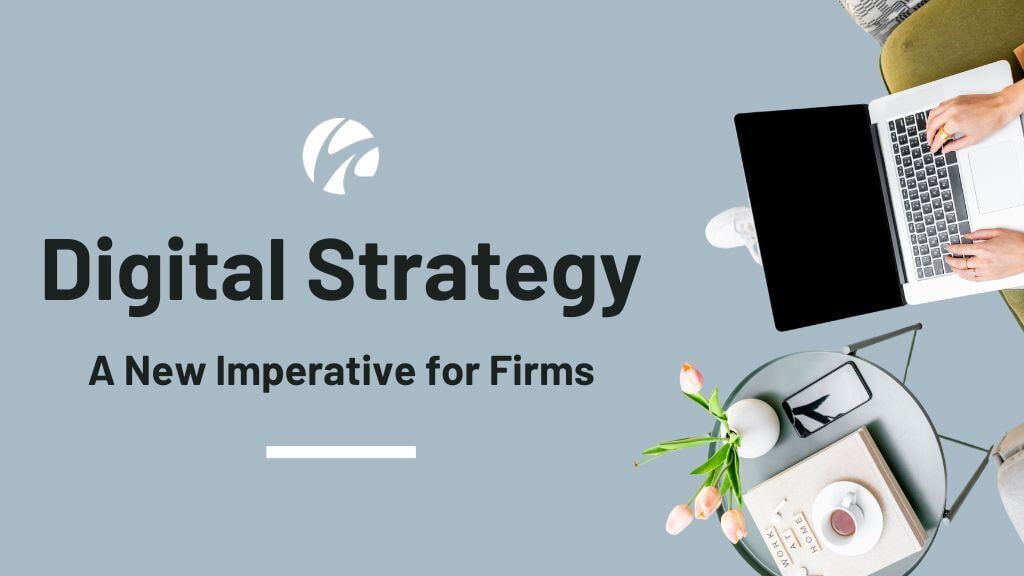5 min read
Digital Deep Dive Summit 2023: A Recap
Last month saw the return of the popular Digital Deep Dive Summit: the only digital summit created exclusively for accounting firms. Held in...
2 min read
by:
 David Toth
on
Jul 23, 2024
David Toth
on
Jul 23, 2024

David empowers firms to grow strategically by aligning innovation, insight, and execution. He leads WRC’s signature programs and advises firm leaders on M&A, digital growth, and leadership development.
Table of Contents

As CPA firms increasingly transition to a digital-first environment, recognizing the pivotal role of digital sales conversions is essential for growth and client acquisition. Driving digital demand involves a strategic mix of SEO, content marketing, email, social media, and video—a shift that requires a deliberate adaptation of traditional sales processes to thrive online.
Interested in more content like this? Subscribe to my LinkedIn newsletter: Growth with Toth.
Consider a traditional referral from a trusted source like a banker or lawyer. Such referrals bring inherent trust, reducing skepticism and easing the sales process. In the digital realm, potential clients discover your firm through online searches and digital interactions, positioning you as an expert. However, building trust, comfort, and confidence in your firm's capabilities during the sales and relationship development process requires a digitally savvy approach.
At a recent conference I attended in April (Impact Live), it was highlighted that 80% of the buyer’s journey now occurs independently, with prospects utilizing online resources BEFORE submitting a contact form or calling. Firms that successfully answer potential clients’ questions and engage them through strategic buyer journeys not only see their close rates more than double but also experience a significant increase in average engagement fees—by over 200% (case study to come in a future newsletter).
Ready to up your digital demand game? Here are a few strategies to achieve that.
To gauge the success of these digital strategies, focus on key performance indicators such as improved win rates, faster sales velocity, increased average deal size, and expansion in the variety of deals closed.
According to a recent study, firms that adeptly manage their digital strategies see an average revenue growth 15% higher than those that don't. Adopting and integrating these digital tactics will not only improve your firm's sales conversions but also position you as a forward-thinking leader in the digital age. By focusing on strategic digital engagement, your firm can transform clicks into clients more effectively, leveraging every digital interaction as a step toward successful conversion.
If you want to learn more about how Winding River Consulting can help your firm move the needle on digital growth, I'd welcome an introductory call with you. You can book time on my calendar using the link below.

5 min read
Last month saw the return of the popular Digital Deep Dive Summit: the only digital summit created exclusively for accounting firms. Held in...

3 min read
Reprinted with permission from Accounting Today. 2020 changed everything about how businesses operate, including how they interact with everyone...

4 min read
Firms that don’t embrace digital transformation don’t just risk being left behind – they will be left behind. If your firm wants to remain...